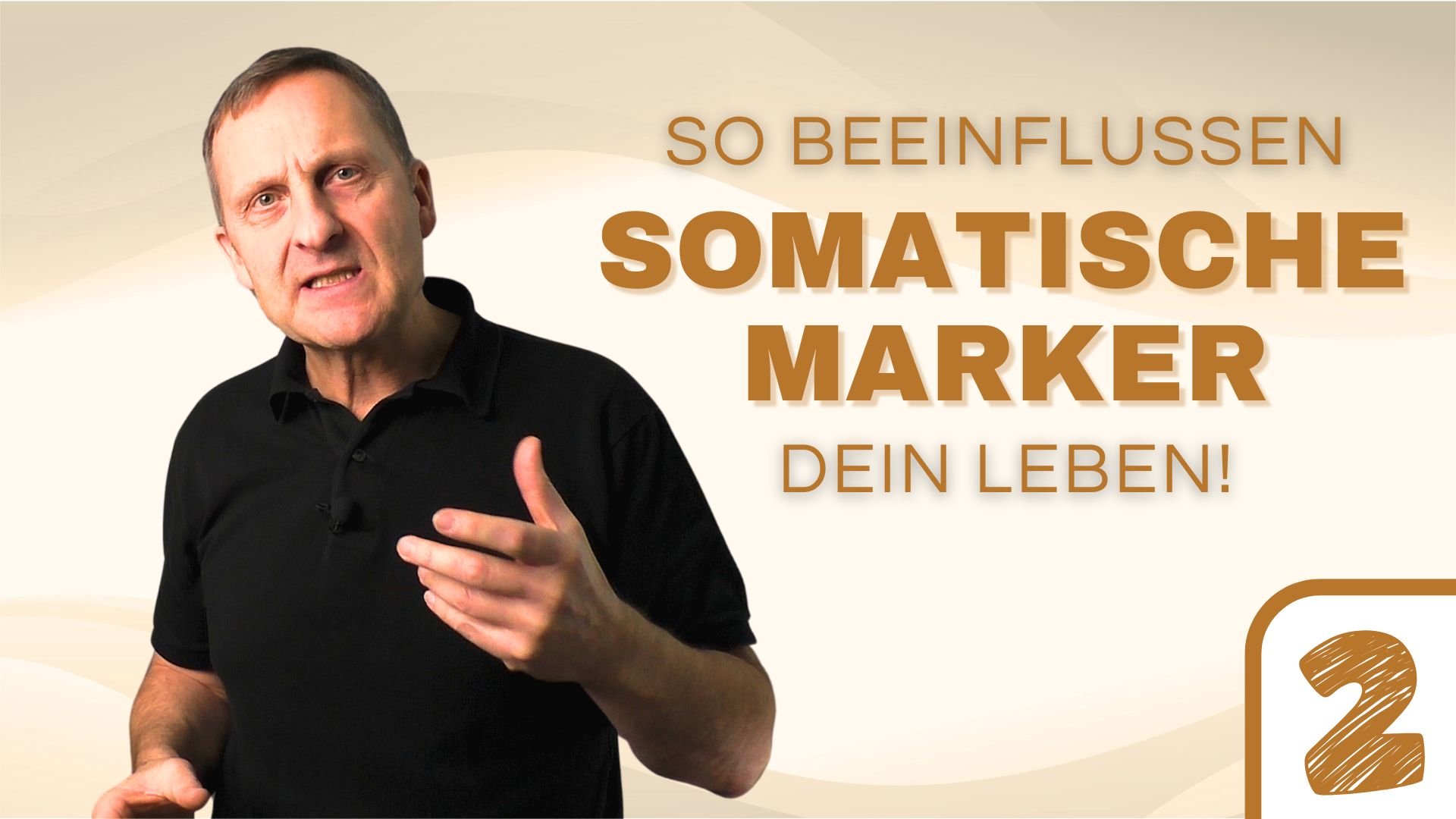It is now 15 years since I began adapting EMDR and the process for self-application. A lot has happened since then, and a robust self-help method for everyday sensitivities has emerged.
Emotional stress is part of everyday life for many people, but help is not always available and not every stress requires therapy – quite the opposite. It tends to be the small negative emotions that get us down. In this context, the EMDR self-coaching method is becoming increasingly important. It offers an easily accessible, effective way of alleviating emotional tension – alone and without professional support. But how exactly does this method work and what makes it so special?
Origin and application of EMDR
The “Eye Movement Desensitization and Reprocessing” method, or EMDR for short, was developed in 1989 by the American psychologist Francine Shapiro. The aim of this method is to process stressful experiences and release emotional blockages. Today, EMDR is used worldwide, especially in the field of trauma therapy. Therapists use targeted eye movements to address deep-seated emotional injuries and support the healing process on a neuronal level. EMDR has since established itself as an extremely effective method that enables emotionally stressful memories to be reprocessed and permanently relieved.
EMDR for everyday life? The idea of self-coaching
Many people face everyday worries, fears and stressful situations that affect their personal well-being and limit their scope for action. However, not all stresses require therapy, as these stresses are not pathological disorders. This is where EMDR self-coaching comes in: the idea of using the benefits of EMDR in a self-directed application for everyday life. A concept that addresses emotional stress without having to rely on the presence of a therapist. From the very beginning, the vision behind this method was that everyone should have the opportunity to support themselves in stressful moments and regain their emotional balance.
The challenge of self-application
The classic EMDR eye movements are controlled in therapeutic sessions by professionals or with special equipment. These movements are crucial to achieving the desired effect, and their quality and accuracy significantly influence the success of the method. The challenge was therefore to adapt the method so that it would also work reliably in self-coaching. Through various technical tests and developments, I finally invented the REMSTIM 3000 EMDR glasses with expert technical support, which enable the necessary eye movements within a controlled framework and ensure the effectiveness of EMDR self-coaching.
The special nature of EMDR and its effect on emotional memory
One theory is that emotions and stressful experiences are anchored in the body’s memory in the form of somatic markers, which means that they are stored at a deeper, emotional level – often independently of rational or cognitive processes. Conventional cognitive methods often only have a superficial effect and do not always reach the emotional roots sufficiently. EMDR, however, addresses this deeper level directly. Through targeted stimulation, EMDR reaches the emotional memory, which makes it possible to transform negative emotional reactions. This change in turn has an effect on thought and behavior patterns, which promotes long-term positive effects.
Read more about somatic markers

How Somatic Markers Influence Our Lives
Somatic markers make themselves felt with the help of body reactions of varying intensity It is often observed that one situation (external stimulus) only triggers some goose bumps, while another

How Somatic Markers Influence Our Lives
Somatic markers make themselves felt with the help of body reactions of varying intensity It is often observed that one situation (external stimulus) only triggers some goose bumps, while another
The steps of the EMDR self-coaching method
As part of EMDR self-coaching, I use the six structured steps derived from the original EMDR process, which can be carried out without prior knowledge. These steps are designed to ensure safe and effective handling. The aim is to overcome everyday emotional challenges such as stress, anger, anxiety or worry. The method makes it possible to restore your own emotional balance in a practical and easy-to-understand way. It is helpful that all steps are carried out carefully to ensure the safety and effectiveness of the method.
Limits of EMDR self-coaching
With the EMDR self-coaching concept, I have created a method that I have designed specifically for everyday emotional states and is not intended for use in cases of pathological disorders or profound mental illness. It does not replace professional therapeutic support and should not be seen as such. Especially in cases of severe mental stress or illness, it is essential to seek professional help. Please also read the important information.
Conclusion: An innovative path to emotional self-help
After 15 years, I can say that the EMDR self-coaching method offers an innovative way to deal with everyday emotional stress effectively and independently in most cases and to promote personal well-being. By applying this method in everyday life, emotional stress is dissolved and a new freedom of choice in emotional response is created. The use of EMDR in self-coaching opens up a proven and easily accessible form of self-help.



